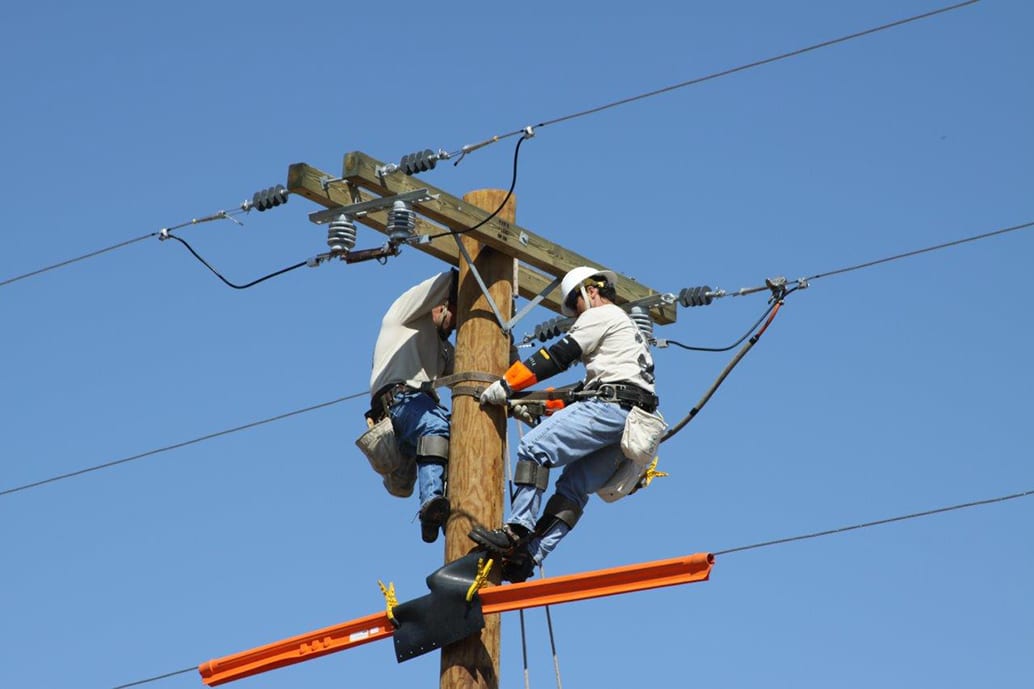In terms of policy moves to integrate more behind-the-meter energy resources like solar and energy storage, as well as to better value these, two U.S. states are clearly in the lead: California and New York. But while New York has attempted to address transformation of the distribution grid in one sweeping effort, through the Reforming the Energy Vision (REV) initiative, California has addressed this issue with piecemeal policy moves.
That is, until now. At the end of September the California Public Utilities Commission (CPUC) published a draft of an effort to align the various efforts to advance deployment of distributed energy resources (DER) – distributed solar, energy storage, electric vehicles, demand response and “behind the meter” solutions – under a single plan.
The demand for this plan appears to come largely from California’s legislature, which has played a very active role in pushing for greater integration of DER. Specifically, Senate Bill 350 required CPUC to implement an integrated resource plan process to “identify optimal portfolios of resources” to achieve the state’s greenhouse gas goals, including DER.
But as many of the policies are already either being developed or are in place, CPUC has its work cut out for it.
“The scope and structure of this DER Action Plan are necessarily limited,” notes the document. “Because of the sheer breadth of issues touching DER, this Action Plan may not necessarily include all affected major policy areas.” CPUC also warns that “many worthy intermediate goals and milestones may be omitted.”
CalSEIA Policy Director Brad Heavner says that he expects that the California Public Utilities Commission (CPUC) will take this as a “guiding document that impacts how fast the different pieces move”.
“It won’t contain any decisions in itself, but Commission staff will take it as the President’s direction on where to spend their time and the types of questions to consider,” Heavner told pv magazine.
In terms of policy directions, CPUC notes that a primary focus is on “DER strategies that are controllable by grid operators and/or can be targeted to geographic areas”. The document plans state-wide reviews of utility rate structures in terms of their impact on DER, and advancing implementation of time-of-use-rates.
The need to consider both locational and time-based elements in setting rates and compensating DER is driven again by legislation. And while time-of-use rates are typically not favorable to PV system owners in areas with high penetrations of solar, like California, locational payments can ensure that solar is deployed where it provides the most benefit to the grid, while being profitable to homeowners and developers who deploy resources in those areas.
In terms of critiques of CPUC’s approach, CalSEIA warns against a potential over-reliance on utility procurement of DER through solicitations from aggregators. “If that is the only mode for sourcing DERs it will be very difficult for solar and storage companies to manage project flow,” stated Heavner. “The CPUC also must continue to maintain DER tariffs that can be used by individual customers.”
This content is protected by copyright and may not be reused. If you want to cooperate with us and would like to reuse some of our content, please contact: editors@pv-magazine.com.









By submitting this form you agree to pv magazine using your data for the purposes of publishing your comment.
Your personal data will only be disclosed or otherwise transmitted to third parties for the purposes of spam filtering or if this is necessary for technical maintenance of the website. Any other transfer to third parties will not take place unless this is justified on the basis of applicable data protection regulations or if pv magazine is legally obliged to do so.
You may revoke this consent at any time with effect for the future, in which case your personal data will be deleted immediately. Otherwise, your data will be deleted if pv magazine has processed your request or the purpose of data storage is fulfilled.
Further information on data privacy can be found in our Data Protection Policy.